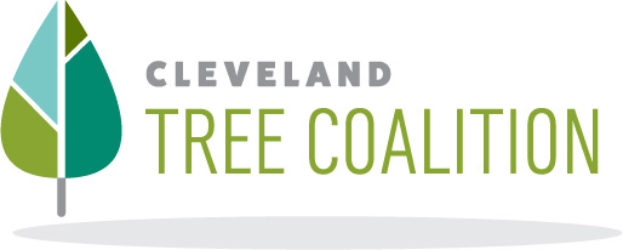A growing body of research and documentation validates the critical role that a robust urban tree canopy plays in providing an environment that contributes to residents’ health and economic well-being as well as helping to meet the many environmental and ecological challenges that impact their daily lives.
Trees improve public health and safety
By improving air quality and reducing the heat island effect of paving and buildings, trees have been proven to improve oxygen levels, reduce asthma and other respiratory issues, and reduce violence in neighborhoods as tree canopy increases.
Trees add economic value to residential properties and businesses
Trees and landscaping around residential and business properties reduce heating and cooling needs, as well as increase business traffic in commercial districts.
Trees meet environmental challenges
Trees slow the flow and quantity of rainwater that enters storm drains and reduce the quantity of pollutants that enter our waterways. Additionally, the ability of trees to absorb carbon dioxide and store carbon helps combat the increasing impacts of a changing climate.
Trees improve our natural world and its inhabitants
A larger tree canopy increases urban wildlife habitat for song birds, small mammals, and pollinators. A healthy urban forest is a critical component of wildlife, air, water, soil, and other conservation efforts.
